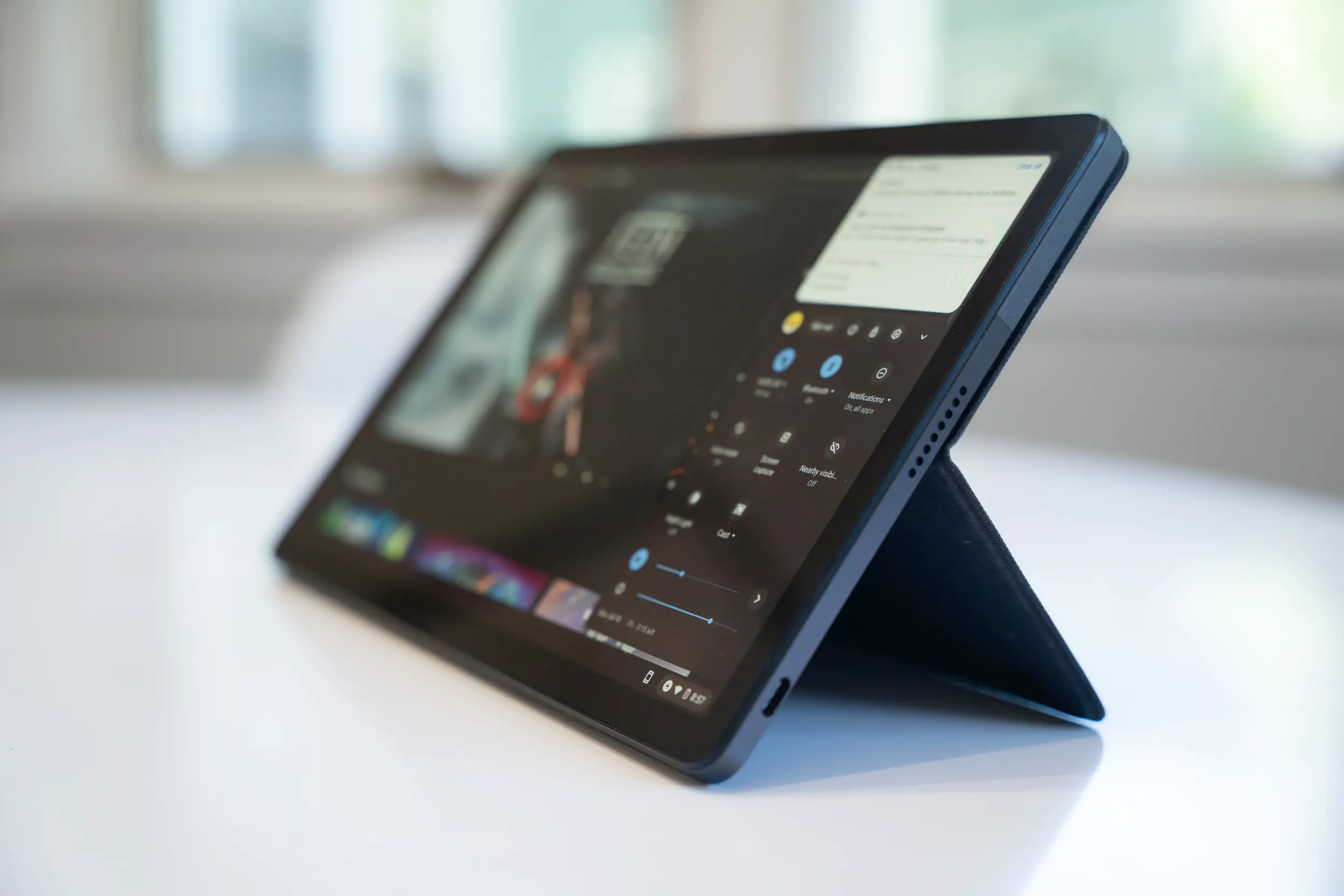Keeping your software updated is one of the most important things you can do to protect your devices and data. Yet, many people don’t bother to do it because they need to learn how or find it too inconvenient. What happens if you don’t update your software? Well, for starters, it makes you vulnerable to hackers and other security threats.
These malicious actors can use out-of-date software to get into your system, steal sensitive information, or cause damage to your device or data. So how do you keep your software updated?
Be Updated With Software Releases
One final tip is to know when new software releases are coming out, so you can prepare and update accordingly. You can find this information online by searching for your device’s name and “software release” or “upgrade.” This way, you will be prepared when a new software version is released and can take the necessary steps to stay protected.
Software developers continuously aim to improve and upgrade their products, so keeping up with new software releases is essential. By doing this, you can enjoy the benefits of updated software without worrying about negative consequences or experiencing any issues.
Besides, some sites majorly offer details on the new products landing in the market. With the knowledge of the different options available from the new software developers, you can choose the one best suited to your needs and requirements. The team at moo soft guide that the more you know about what is in the market, the more you can use it to your advantage. What matters is taking your time and knowing what each software is capable of delivering. Most importantly, be more focused on your needs as a user.
Set Your Software to Auto-Update
Many devices, like your computer and smartphone, can automatically update the software. This allows your device to download updates as soon as they’re available and install them without any extra action on your part. To set this up, go into your device settings and look for an option to turn auto-updates on.
The trick is to ensure you’re connected to a robust and reliable internet connection that won’t be interrupted while your software updates. You should also check in periodically to see if any new updates are available.
The good thing with auto-updating is that you don’t have to remember to do it. The downside is that updates may come at inconvenient times or when you’re not expecting them, which could interrupt your work or other activities.
However, there are also times when manually updating software can be a better option than auto-updating. For example, if you’re on a strict data plan and want to avoid extra charges, manually updating your software is an excellent way to stay within your limits.
Another time when manual updates are helpful is when you have an important project or deadline that must be met, and you need to limit distractions like unexpected software updates. In these cases, you can take a few minutes to check for any new updates and install them yourself.
Use an Anti-Virus Software Program
If your devices don’t have the option to update their software automatically, consider using an antivirus program. These programs can help detect and prevent malicious actors from accessing your system or data through out-of-date software.
The key is to choose a reliable antivirus program that works well with the other security measures you have in place, such as firewalls and password protection. And be sure to keep it up-to-date by installing any new patches or updates as they become available.
With so many anti-virus programs in the market, you may need help deciding which one to use. Here are some things to consider when making your choice:
- Cost: Many anti-virus programs charge a monthly or yearly subscription fee, so be sure to choose something that fits your budget and works well for the number of devices you need to protect.
- Ease of use: Some anti-virus programs are harder to set up and use than others, so look for one that is simple. You’ll want something that doesn’t require much expertise or technical knowledge but still provides the level of protection you need.
- Reputation: It’s important to research an antivirus program before choosing to see what others say about it. Look for reviews and ratings from experts and regular users alike to make the best choice for your devices and data.
Think of Remote Updates
With a remote update service, you can update all your devices automatically with no hassle. Several services offer this option at affordable prices or for free.
For example, Windows offers an automatic update for its security updates that is simple to set up and easy to manage. And Apple has also created an app called Apple Configurator that can help you update all your Apple devices.
When choosing a remote update service, remember that not all are compatible with each device or software program. So be sure to research one that works well for your needs and preferences. If the above tips aren’t enough to keep the software on your devices up-to-date, consider working with a professional IT company. They can provide more proactive ways to protect yourself from malicious cyber-attacks and other security threats.
Consider a Managed Software Center
These days, businesses are concerned with both security and productivity. And one way to achieve both goals is by using a managed software center (also known as a software management platform).
With a software management platform, you can easily view all the updates available for your existing devices and automatically update them with the latest version. This centralized approach often makes it much easier to organize and manage your software updates, as you no longer have to worry about them one by one.
And this is especially beneficial for businesses that need to update a large number of devices at the same time (e.g., when new versions are released). IT professionals can then quickly complete software management tasks using this platform.
Cataloging Open-Source Software
This software is often developed by programmers working independently from any company or organization. Unlike proprietary software (the traditional method for developing and distributing computer programs), open source uses a general public license that allows anyone to use, study, share and modify the code.
Therefore, if you have open-source software installed on your devices, it’s essential to make sure that you know someone (or a company) who can support it. If the developer has moved on from contributing to the software or just disappeared altogether, your device could be vulnerable to cyber-attacks and other security issues.
As a rule of thumb, you should always back up your devices or at least ensure that they are safe to use (or install) on your devices and computers. And if you need help locating the developer for an open-source program, many resources are available through Google and other websites to help you find someone.
Think of Gamification
Even though it sounds like an activity that’s just for fun, gamification can be used to get you to keep your software up-to-date. For example, suppose a new version of the company’s software was released to address security issues and bugs. In that case, the company could offer a reward (such as a new mobile device or gift certificate) to the person who logs in and updates their computer first.
This type of reward system helps improve user engagement because people want to be rewarded for completing tasks or participating in activities that are beneficial to them (in this case, it would be keeping their operating systems updated). When employees see an incentive to do something, they’re usually more likely to do it. This is a simple task that anyone can do, whether it’s a small business or another type of organization.
Slack Reminders
Slack is a communications platform that helps you get notifications, messages, and other updates from your employees (or co-workers) in one place. And this application could remind your employees about the latest software updates available for their devices or programs installed on them.
For example, if an employee has Word open on his computer, they could receive a notification from Slack that there’s an update available for it and to click on the link to download it.
Create Awareness About Software Updates

If you have employees or co-workers who need to be more proactive about updating their software, remind them about the importance of this activity through regular email notifications, intranet announcements, or on the company’s website.
You can organize seminars and training sessions to discuss the latest security threats or create a page on your company website where people can learn how to keep their devices running smoothly (and updated).
With so many different types of software available today, it can take time for businesses and organizations to update them regularly. But if you want to ensure that all of the software is running efficiently (and to prevent security issues), you can use the best practices discussed above. You should also encourage employees and co-workers to participate in these tasks or at least think about the impact their inaction could have on your business or organization as a whole.












Comments